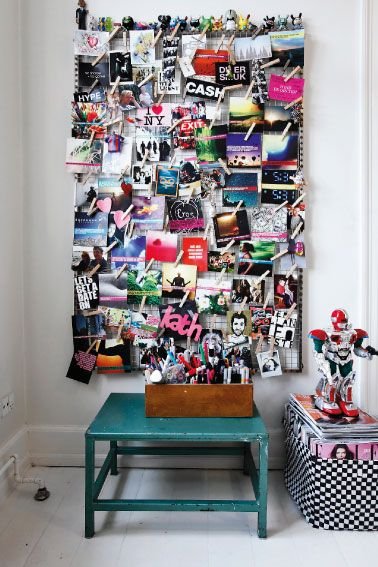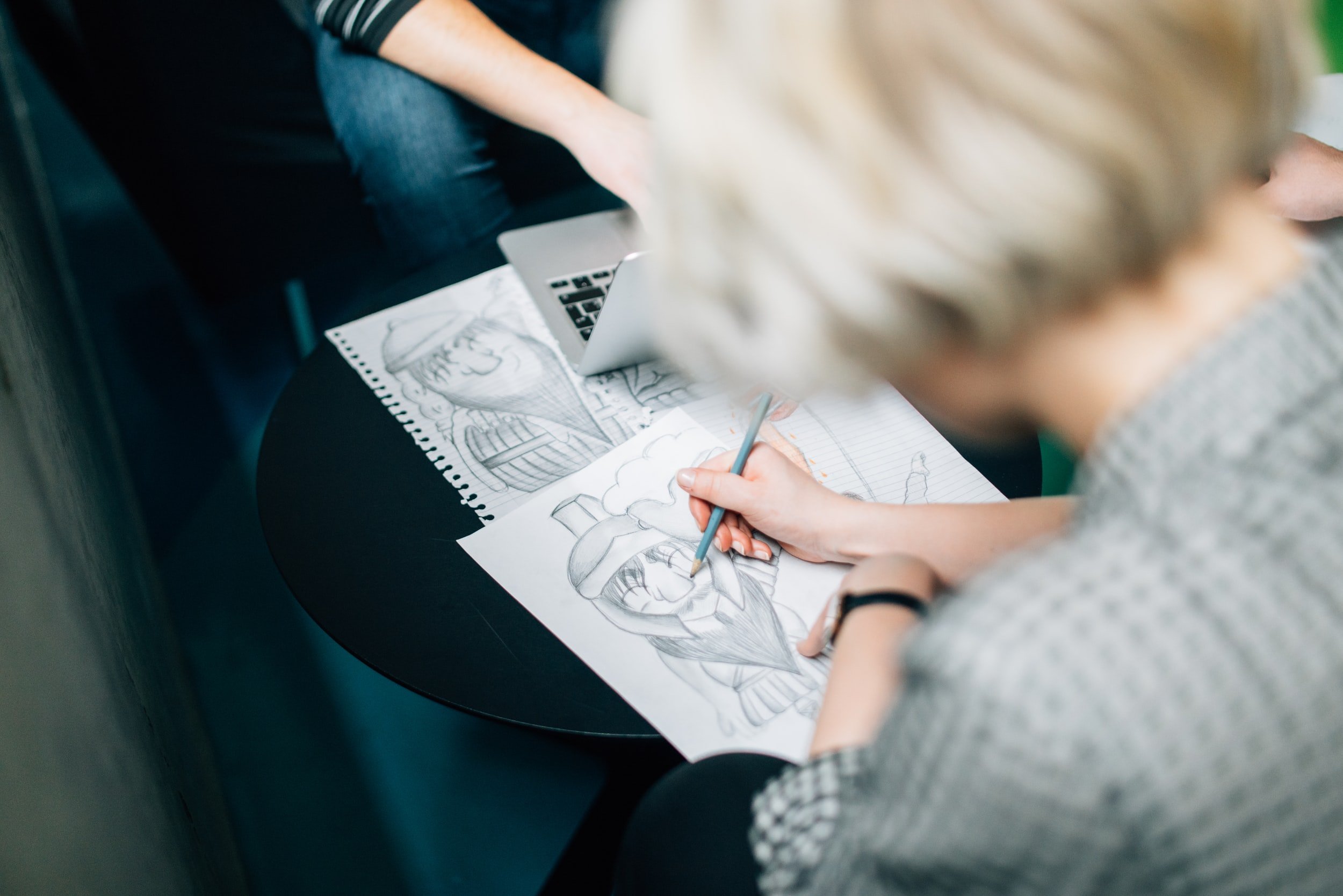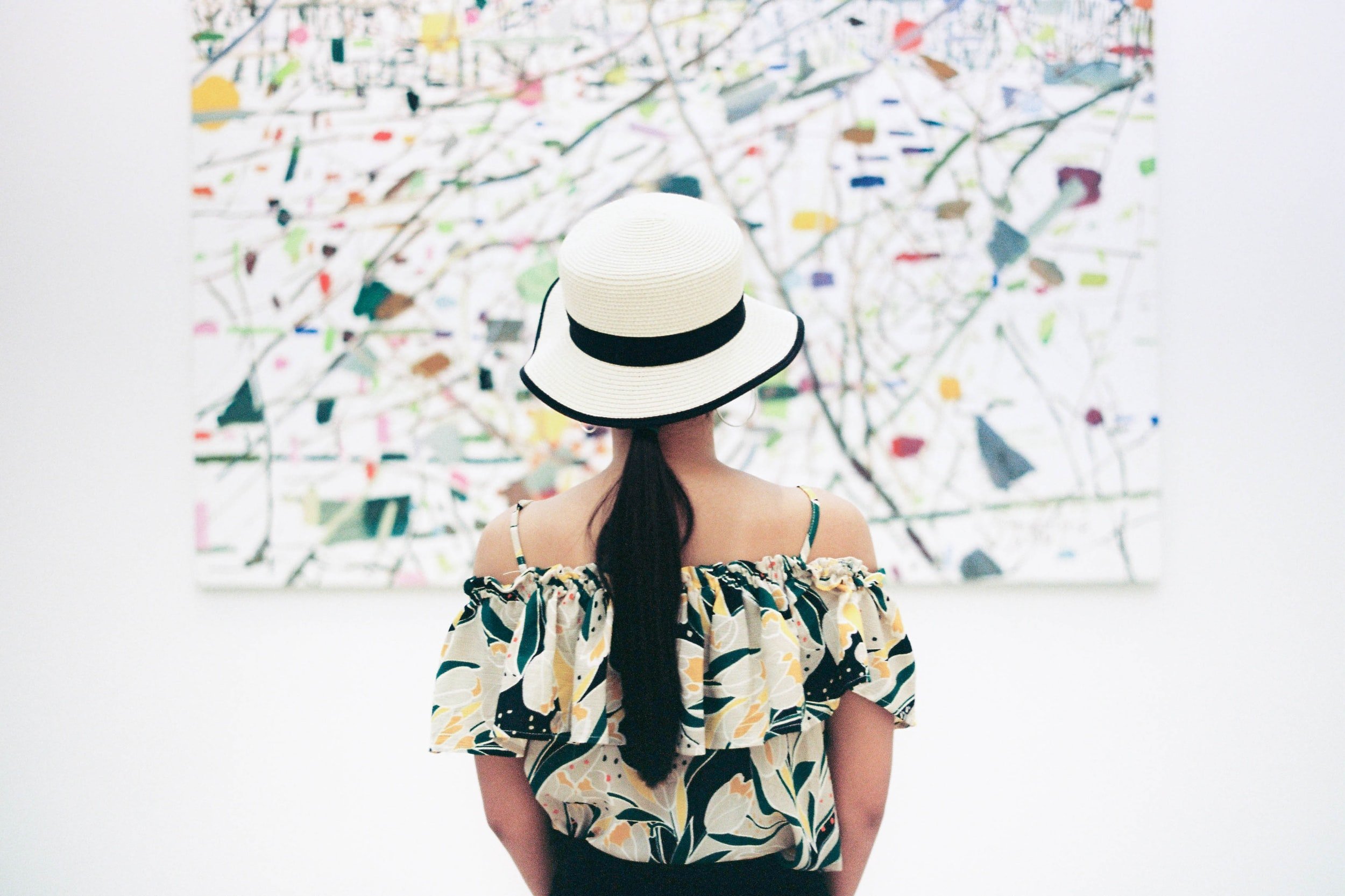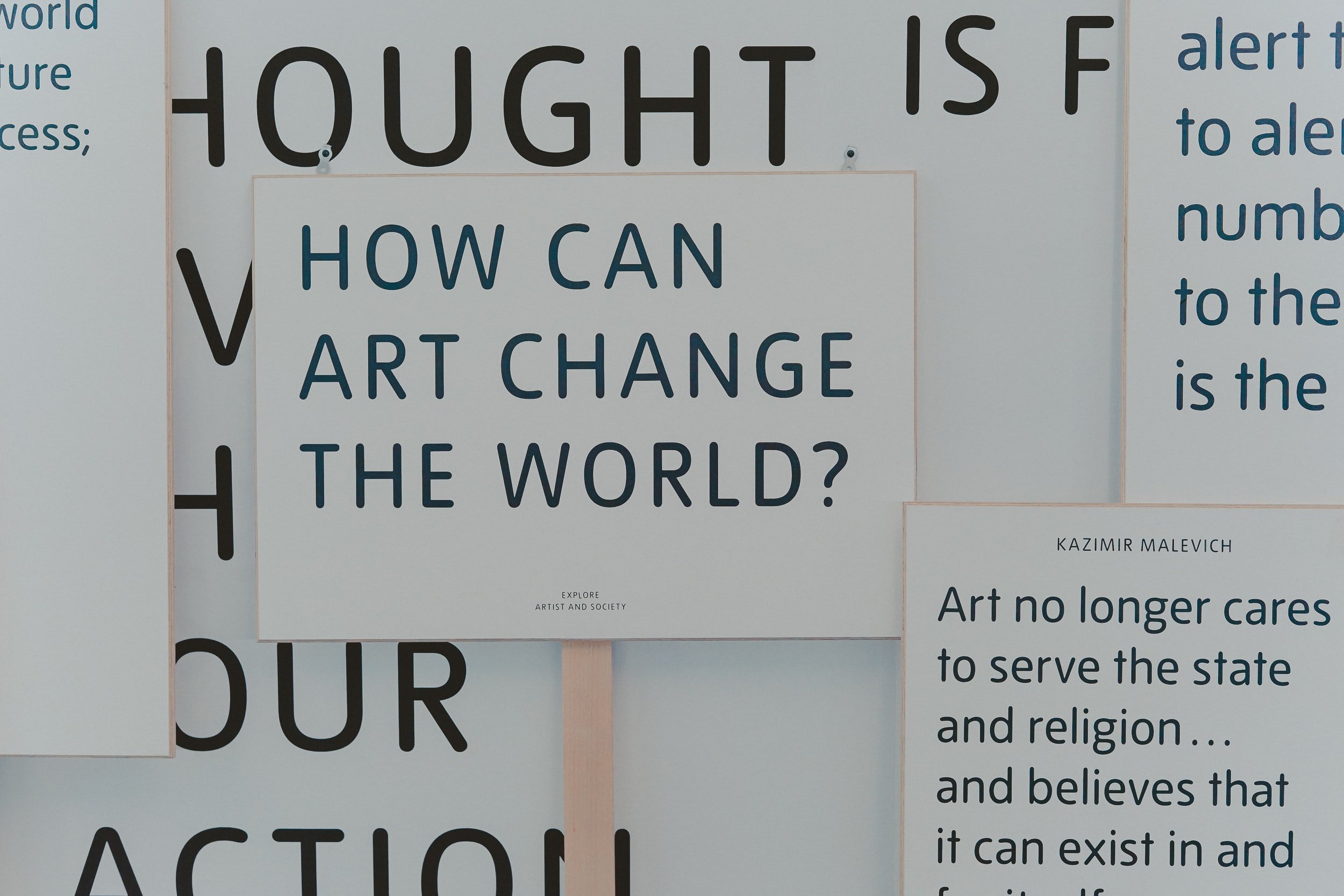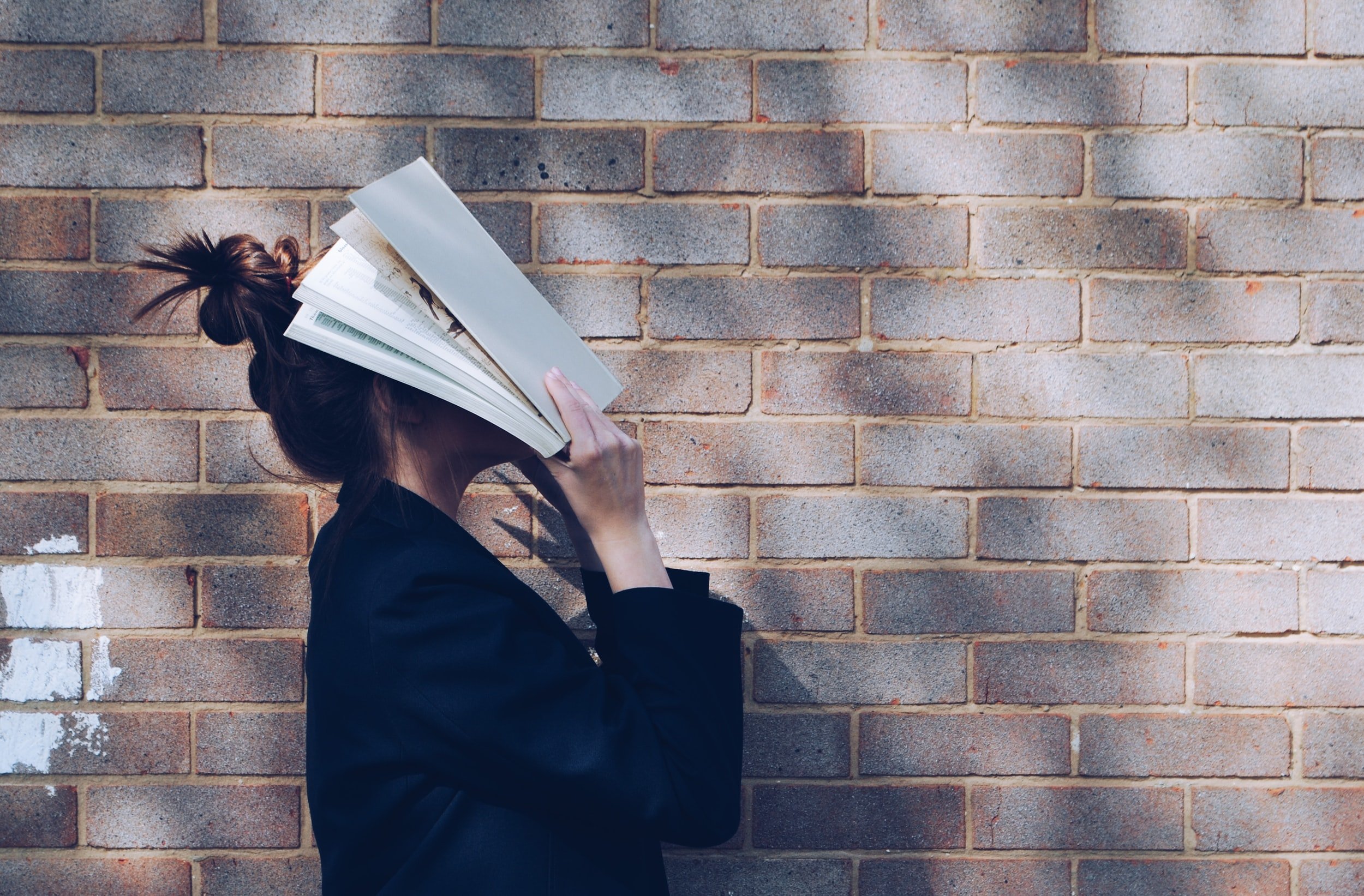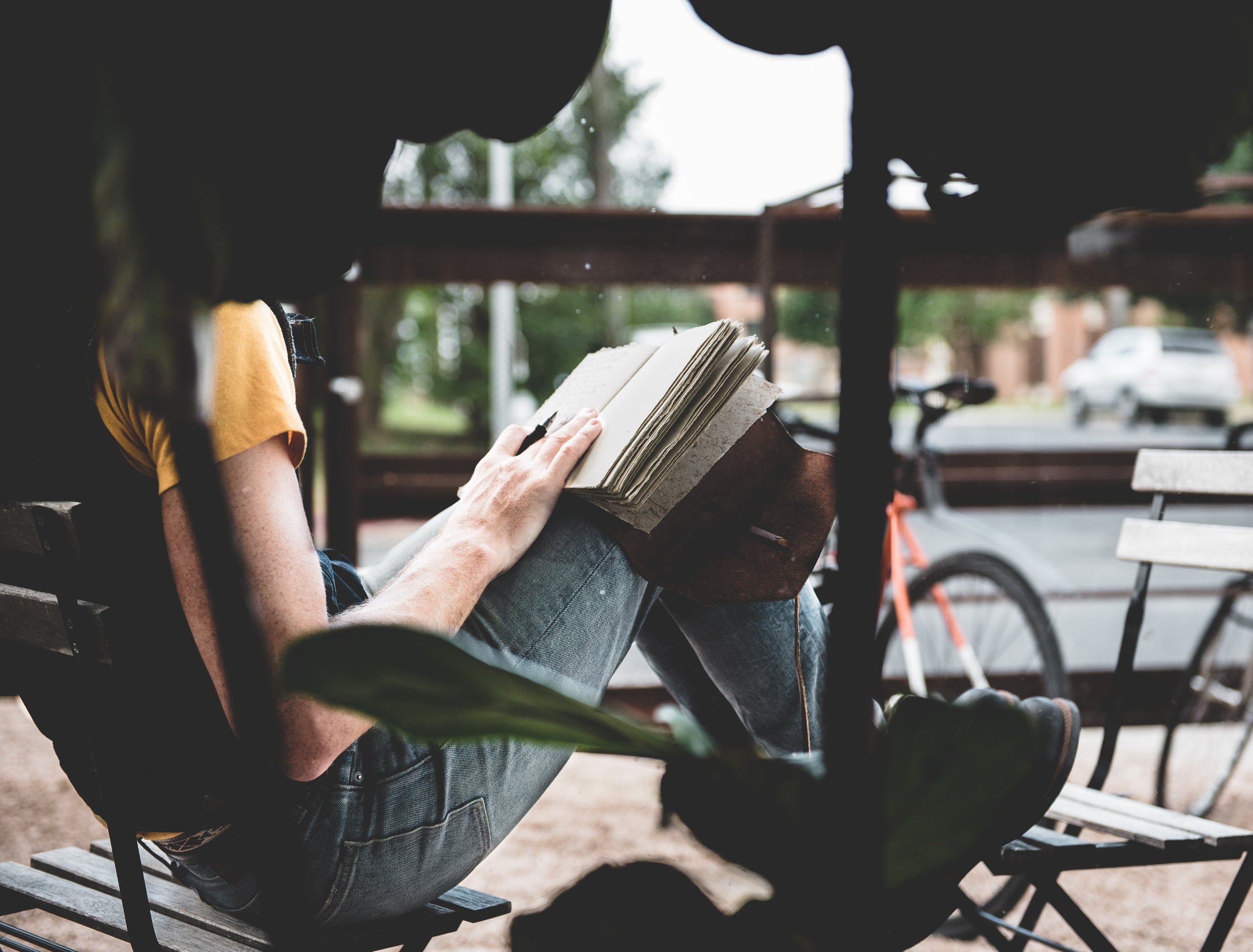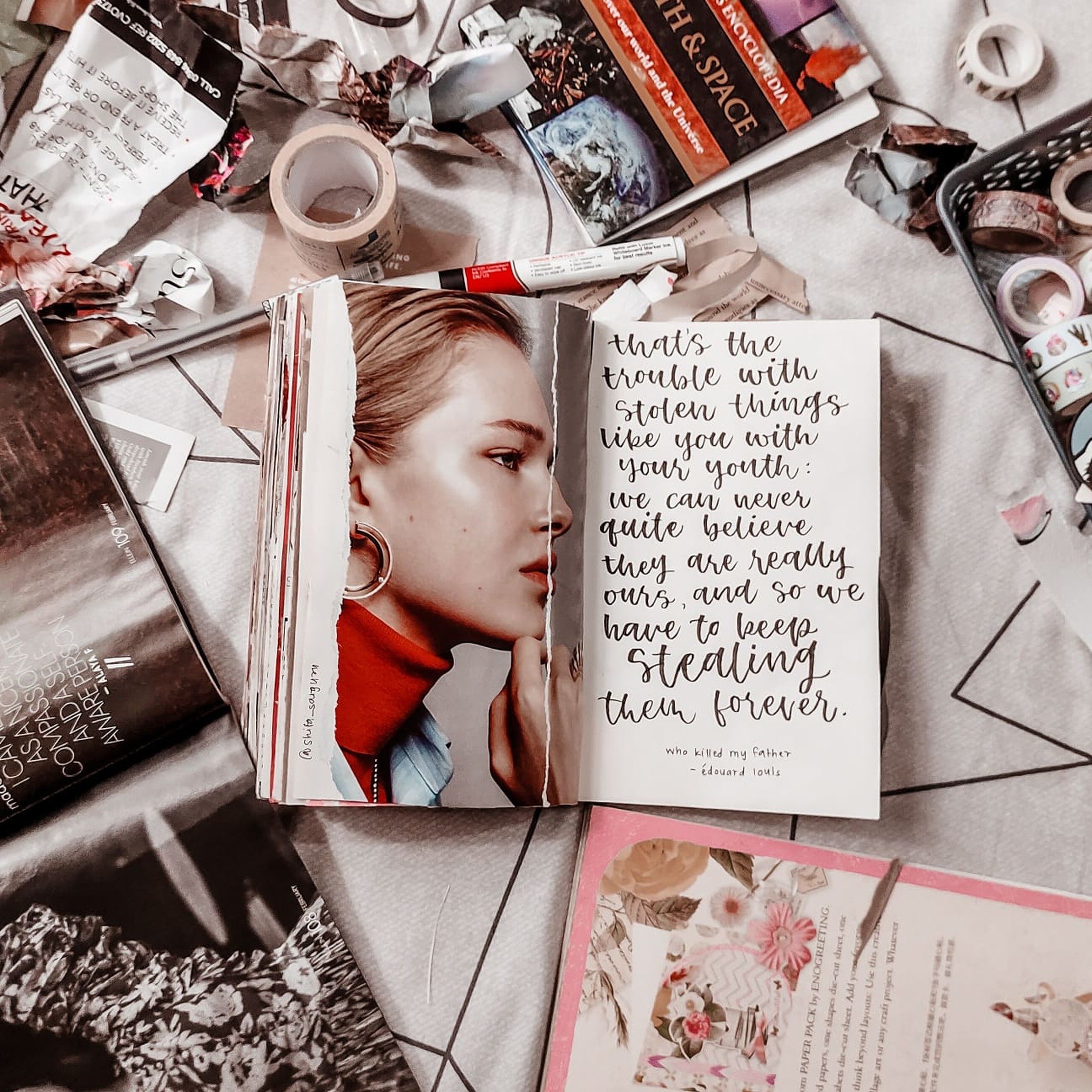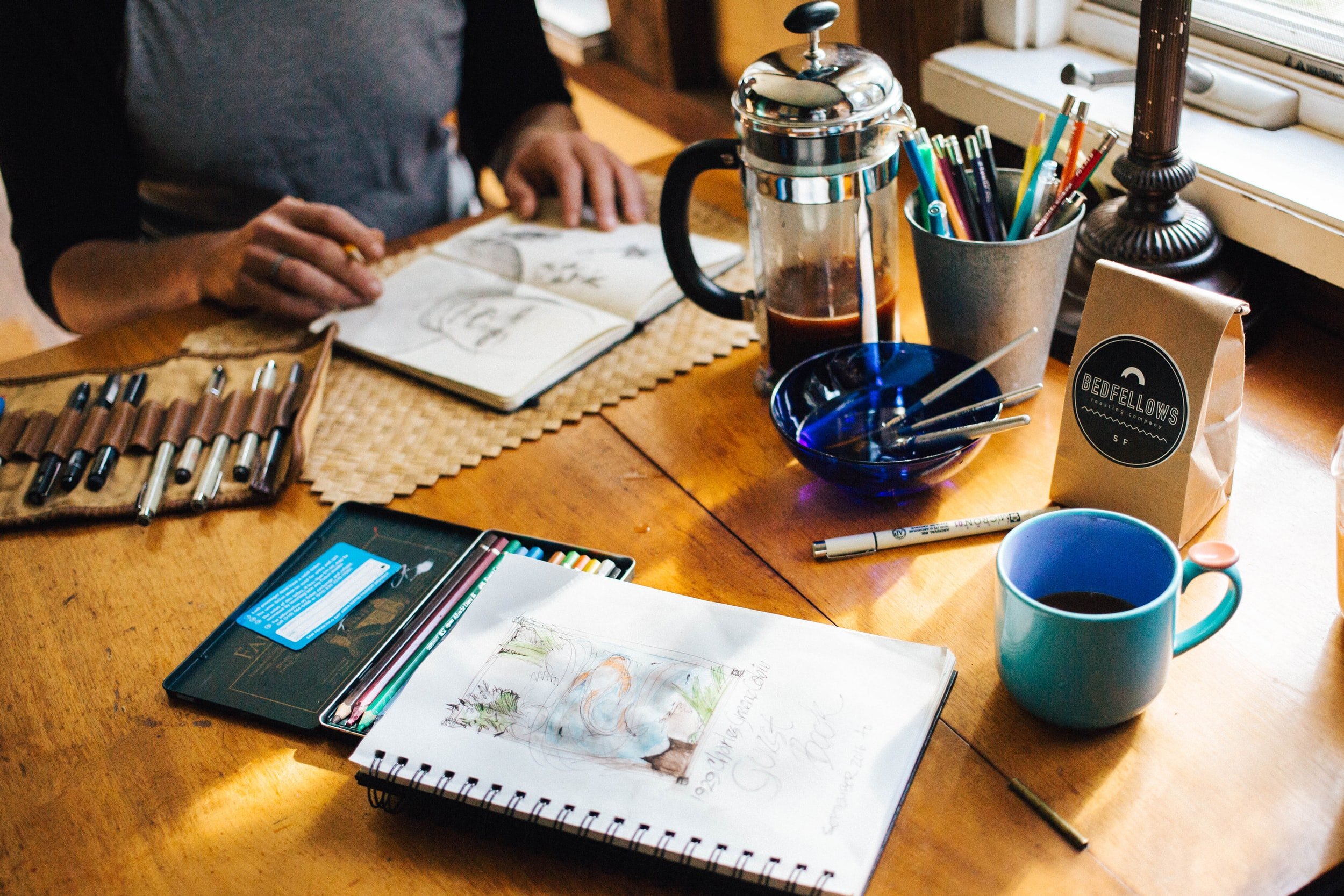
THE ART JOURNAL
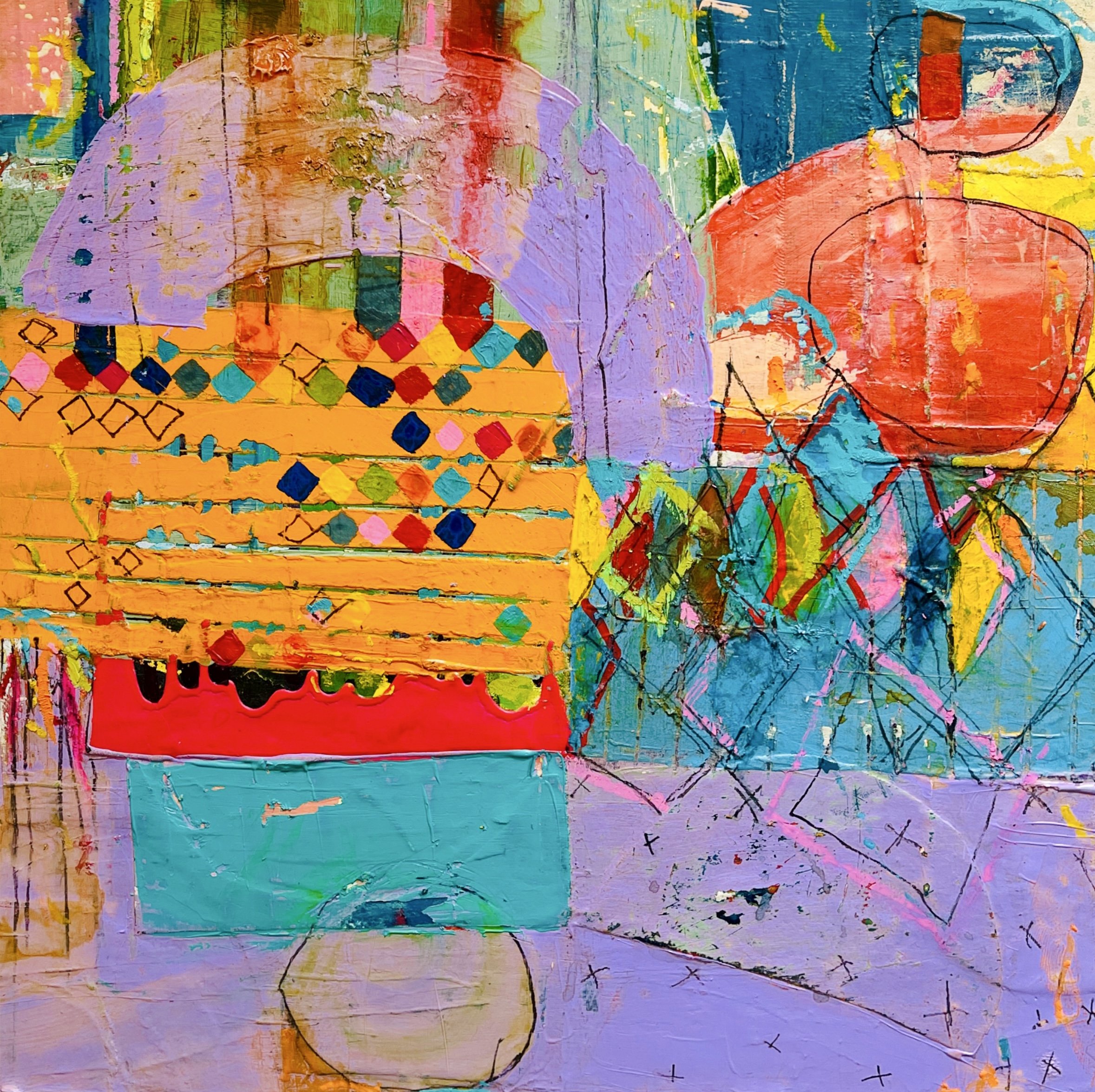
Crafting Cohesion: How to Create and Utilize A Mood Board
Creating a mood board is a transformative and foundational step in capturing and communicating the emotional and aesthetic resonance of a project. By embracing a dynamic and exploratory approach, curating a cohesive visual narrative, and fostering a spirit of thematic depth and resonance, you craft a visual tool that captures the aspirational essence of your creative inspiration and vision.
The Power of Destruction
The concept of destruction as a means of creating is a compelling and complex theme that challenges traditional perspectives on the artistic process. It prompts us to reconsider the transformative power of destruction and how it can shape the creative journey. By exploring this thought-provoking concept, we uncover a deeper understanding of the artistic realm's intricate relationship between creation and destruction.
10 Easy Ways to Spark Your Creativity Now
Have your creative ideas stopped coming as frequently? Unfortunately, it happens to the best of us. Here are ten ways to get out of a creative rut:
What Type of Artist Are You?
I have been researching the creative process for quite some time, and I have discovered a fascinating pattern in how many artists describe their artistic journey. There seem to be two distinct delineations; most artists describe themselves as either a process type or a path type.
How do you know if abstract art is good?
There are a lot of misconceptions about abstract art, one of the most common is thinking there is some secret rule to understanding it. There isn't. Abstract art is like any other art; some are good, and some are not great.
Is making art selfish?
If you google this question, the answers are varied and pretty dramatic. Looking at the results, I thought, are there really that many people who think being an artist is self-serving or selfish, and why? Why are there so many articles written by artists who agree that artists are selfish?
How do you know when to stop? The essential elements of a finished piece.
One of the most common questions I get asked in classes or open studio tours is, how do you know when a painting is complete? I usually explain that knowing when a painting is done is an individual process, but knowing when to stop is more challenging when you are a beginner. But that's just part of art-making.
10 books every artist must-read, then read again
I have been reading books on art and creativity since high school. I've always felt drawn to all different kinds of artists and the stories of their processes and practices.
When I started my career as a fine artist, I finally understood the immense value these books have. Their words and honesty have helped my creative mindset on days when I feel all over the place.
20 journaling prompts to spark Your creative Exploration
By now, most artists are aware of the lasting benefit of incorporating journaling into our everyday mindset practices. But, there are also many valuable benefits to incorporating journaling into the development of your creative process. Trust me; I know how this sounds. Another artist is talking about journaling...barf. But there is a good reason why so many artists have embraced writing as part of their process.
why you should be using an artist inspiration journal
Artists have kept some form of a journal for as long as they have been creating art. Journals help artists sort through all their ideas and get specific about the subjects, styles, techniques, etc., that they are interested in developing or simply for visual inspiration. I want to share one of my best-kept secrets for helping develop my artistic voice, an artist inspiration journal.
The 3 Most important things I learned in Art School
I can honestly say I learned nothing about what it takes to be an artist from art school; that knowledge only came from trying and failing over and over.






